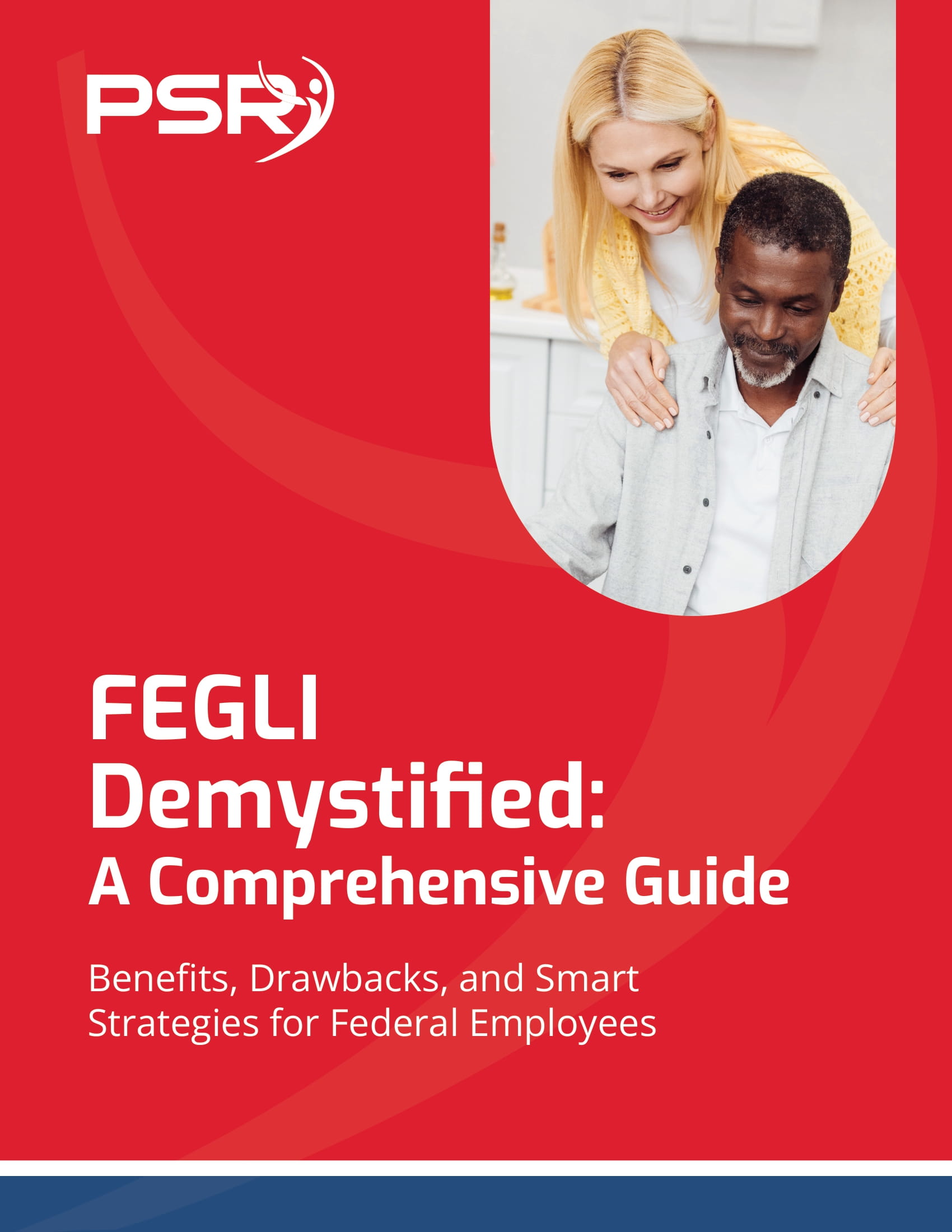Key Takeaways
-
Picking the right Federal Employees Health Benefits (FEHB) plan for retirement is crucial to managing healthcare costs and avoiding unexpected expenses.
-
Understanding eligibility, cost factors, and coordination with Medicare can help you make informed decisions that benefit you in the long run.
Understanding Your FEHB Options Before Retirement
If you’re approaching retirement, choosing the right FEHB plan is one of the most important financial and healthcare decisions you’ll make. Unlike active employees who may have predictable health coverage, retirees often face rising costs, different coverage needs, and important coordination factors—especially when it comes to Medicare.
- Also Read: Dreaming of Retirement? Here’s How Federal Employees Can Make Sure They Leave on Their Terms
- Also Read: Federal Employees, Here’s How Social Security Fits into Your Overall Retirement Plan
- Also Read: Federal Employees, Did You Know About These Hidden Perks in Your Benefits Package?
1. Ensuring You Meet the FEHB Eligibility Requirements
FEHB coverage doesn’t automatically continue into retirement. To qualify, you must meet specific criteria:
-
You must have been enrolled in an FEHB plan for at least five consecutive years before retiring.
-
You must retire under an immediate annuity—this means you can’t defer your pension and still keep FEHB coverage.
If you haven’t met these conditions, you risk losing your federal health benefits altogether. Before you retire, review your FEHB history and make sure you meet the eligibility requirements to avoid unexpected coverage loss. If you are close to retirement but don’t yet meet the five-year requirement, consider extending your service to ensure you remain eligible.
Additionally, surviving spouses of federal retirees may also retain FEHB benefits under a survivor annuity. If you’re planning for your spouse’s healthcare security, ensuring continued eligibility through a survivor benefit election is crucial.
2. How Your Premiums Change in Retirement
One major difference between FEHB for active employees and retirees is how your premiums are handled. As a retiree:
-
You no longer receive premium subsidies from your employing agency—instead, your full premium is deducted from your annuity.
-
Premiums may rise annually, so budget for potential increases.
-
Your payment schedule changes—unlike biweekly deductions for active employees, retirees pay monthly.
Many federal retirees are surprised by the cost shift when they transition from employee to annuitant status. Be sure to calculate your expected premium payments post-retirement so there are no surprises.
In addition to standard premium costs, consider factors such as out-of-pocket expenses, copayments, and deductibles. Even if a plan seems affordable on the surface, high out-of-pocket costs could make it less suitable for retirees who require frequent medical care.
3. FEHB and Medicare: What You Need to Know
At age 65, you become eligible for Medicare, and many federal retirees wonder how their FEHB plan works with it. Here’s how the two coordinate:
-
Medicare Part A (Hospital Insurance): You’re automatically enrolled at 65 if you paid Medicare taxes during your career. This is premium-free for most people and works alongside your FEHB plan.
-
Medicare Part B (Medical Insurance): This is optional but requires a monthly premium. Some FEHB plans encourage enrollment by offering reimbursement for Part B costs or reduced out-of-pocket expenses when combined with Medicare.
-
Medicare Part D (Prescription Drug Coverage): FEHB plans already provide strong prescription coverage, so most retirees don’t need Part D.
Some retirees keep FEHB as their primary coverage, while others enroll in both Medicare and FEHB to maximize benefits. The best choice depends on your medical needs and financial situation.
If you decide to enroll in Medicare Part B, some FEHB plans reduce deductibles and coinsurance, making the combination a cost-effective solution. However, if you remain in FEHB without Medicare Part B, you will continue paying standard FEHB cost-sharing amounts.
4. High-Deductible vs. Low-Deductible Plans: Which Should You Choose?
When selecting an FEHB plan for retirement, understanding deductible structures is essential. Plans generally fall into two categories:
-
Low-deductible plans: These come with higher premiums but lower out-of-pocket costs when receiving care. They’re beneficial if you expect regular doctor visits or ongoing treatments.
-
High-deductible plans (HDHPs): These have lower premiums but higher deductibles, meaning you pay more before your insurance kicks in. Some plans include a Health Savings Account (HSA), which allows you to save tax-free funds for future medical expenses.
Consider your health status and expected medical expenses when choosing a plan, as the wrong decision could cost you thousands in unnecessary expenses. If you have chronic health conditions or anticipate higher medical usage, a low-deductible plan might be worth the higher monthly premiums.
5. Open Season and Special Enrollment Considerations
FEHB Open Season runs from mid-November to mid-December each year, allowing retirees and employees to change plans. However, retirees should also be aware of:
-
Special Enrollment Periods (SEPs): If you enroll in Medicare Part B later in retirement, some FEHB plans allow you to switch to a lower-cost option outside of Open Season.
-
Plan Availability Changes: Some FEHB plans are discontinued annually, so check for updates to avoid being automatically assigned to a different plan.
-
Premium Adjustments: FEHB plan costs change yearly, so even if you’re happy with your current plan, review premium increases to ensure it remains a good financial fit.
Since retirees don’t have access to an employer HR department for guidance, it’s crucial to stay informed about your enrollment options. Keep track of FEHB announcements and Medicare updates so you can adjust your coverage accordingly.
Making the Best FEHB Decision for Your Retirement
Choosing the right FEHB plan in retirement requires balancing cost, coverage, and coordination with Medicare. Taking time to compare plans and understand eligibility rules can prevent costly mistakes. Stay up to date with changes in FEHB benefits and consider how your medical needs may evolve over time.
Before making a final decision, weigh the long-term financial impact of different FEHB plans. Ensure that your chosen plan aligns with your retirement budget and anticipated healthcare needs. By carefully assessing available options, you can avoid overpaying while ensuring comprehensive medical coverage.
If you need help selecting an FEHB plan or understanding how it fits into your retirement strategy, get in touch with a licensed agent listed on this website. They can guide you through the details and ensure you make the best choice for your healthcare needs.









